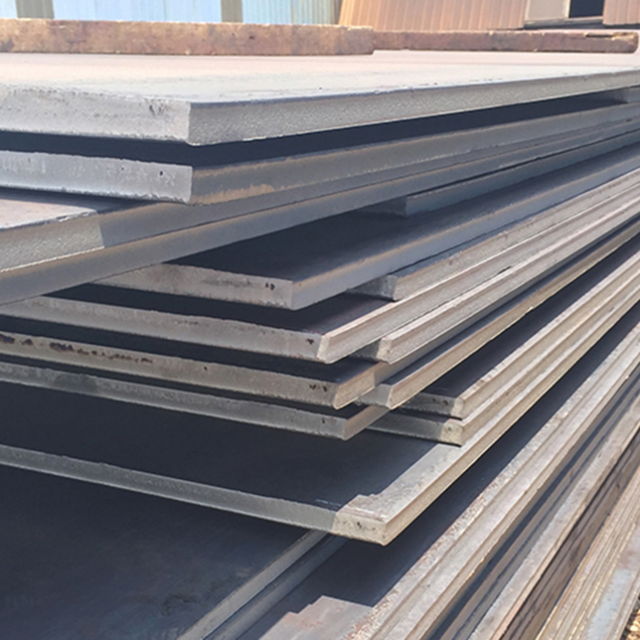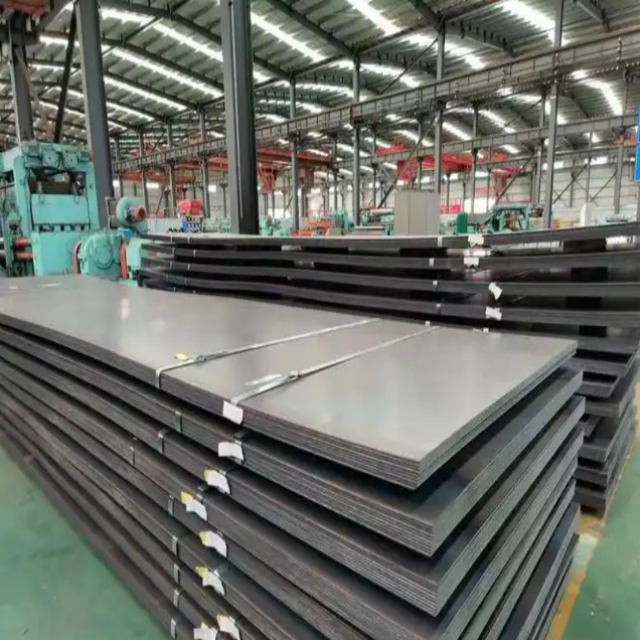sch 10 stainless steel pipe welding
Schedule 10 stainless steel pipe welding represents a critical process in modern industrial applications, combining precision engineering with durability. This specialized welding technique is designed specifically for schedule 10 pipes, which feature a specific wall thickness that balances strength with cost-effectiveness. The process typically employs TIG (Tungsten Inert Gas) welding methods, ensuring high-quality joints that maintain the corrosion-resistant properties of stainless steel. The procedure requires careful attention to heat input and precise control of welding parameters to prevent distortion and maintain structural integrity. Modern welding techniques for sch 10 stainless steel pipes incorporate advanced temperature control systems and automated welding equipment to ensure consistent weld quality. These pipes are commonly used in pharmaceutical, food processing, and chemical industries where sanitary conditions and reliability are paramount. The welding process must meet strict industry standards and often undergoes rigorous quality testing, including radiographic examination and hydrostatic testing to ensure joint integrity.


